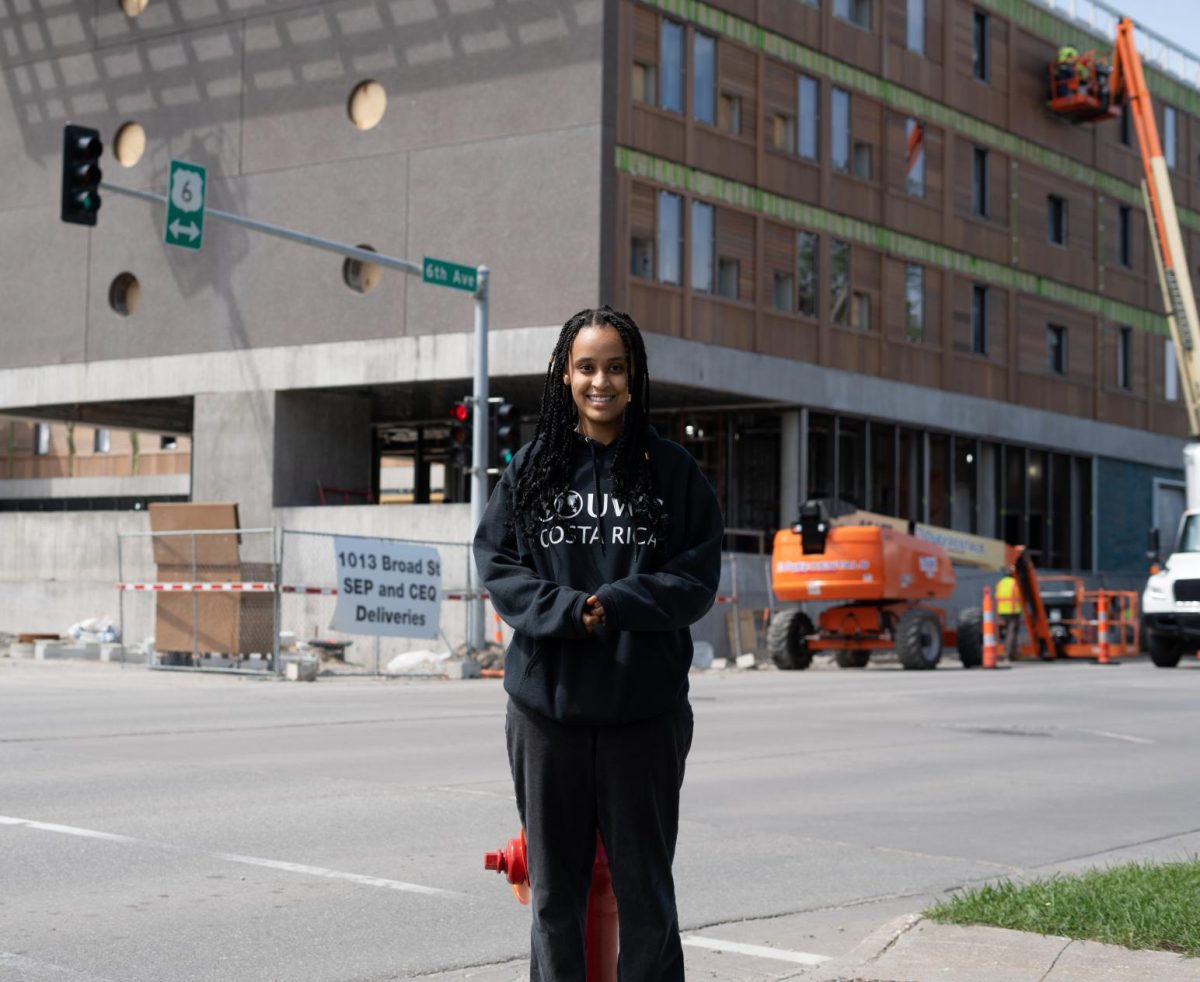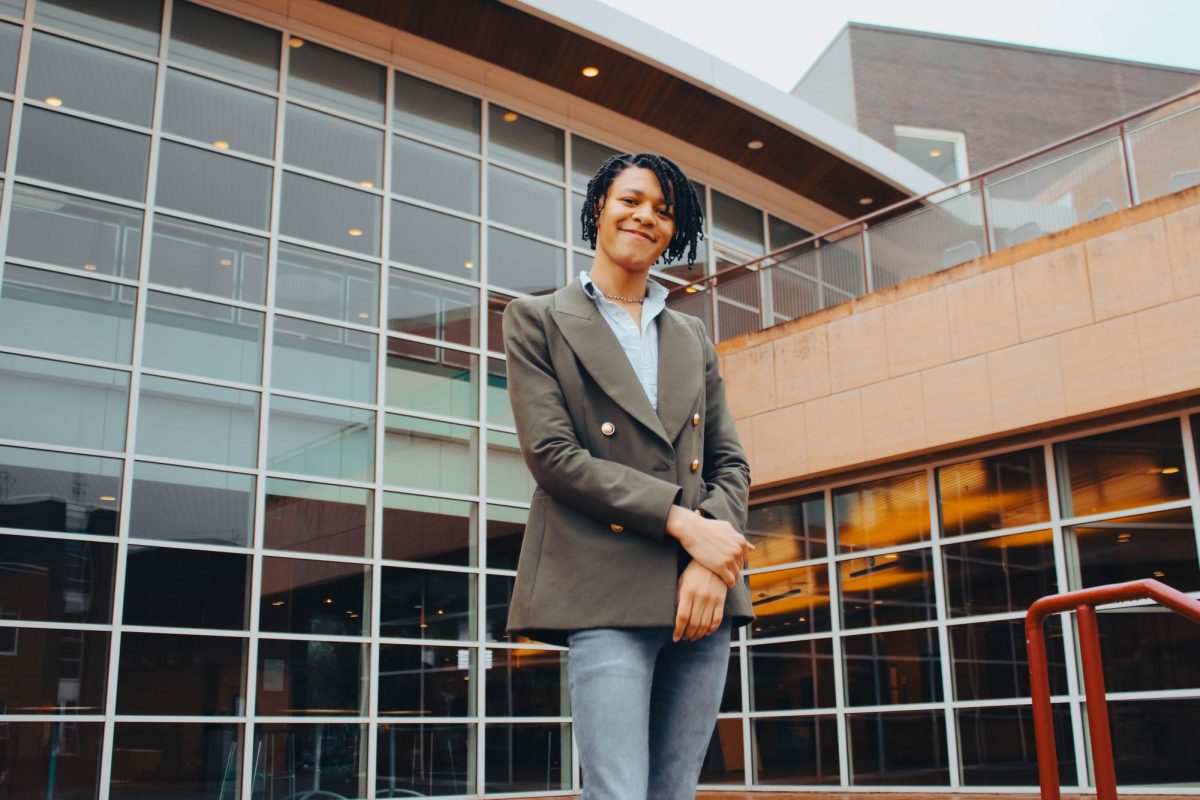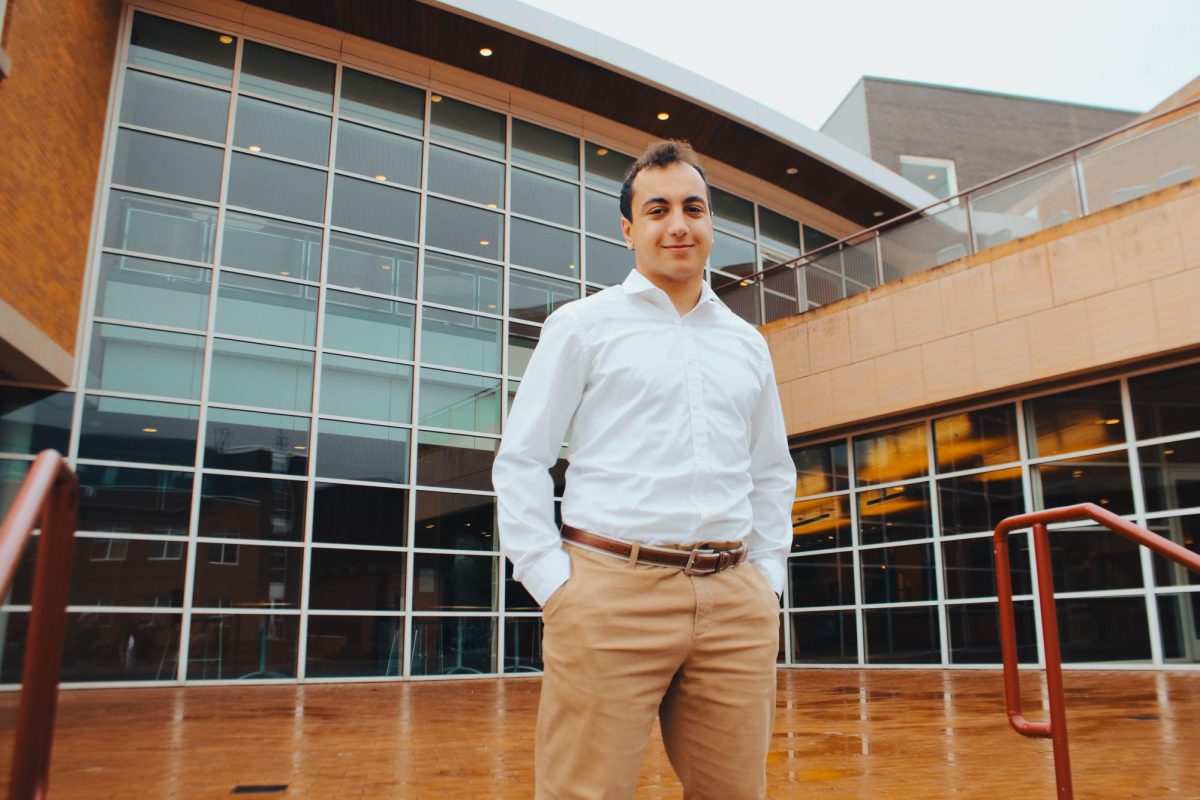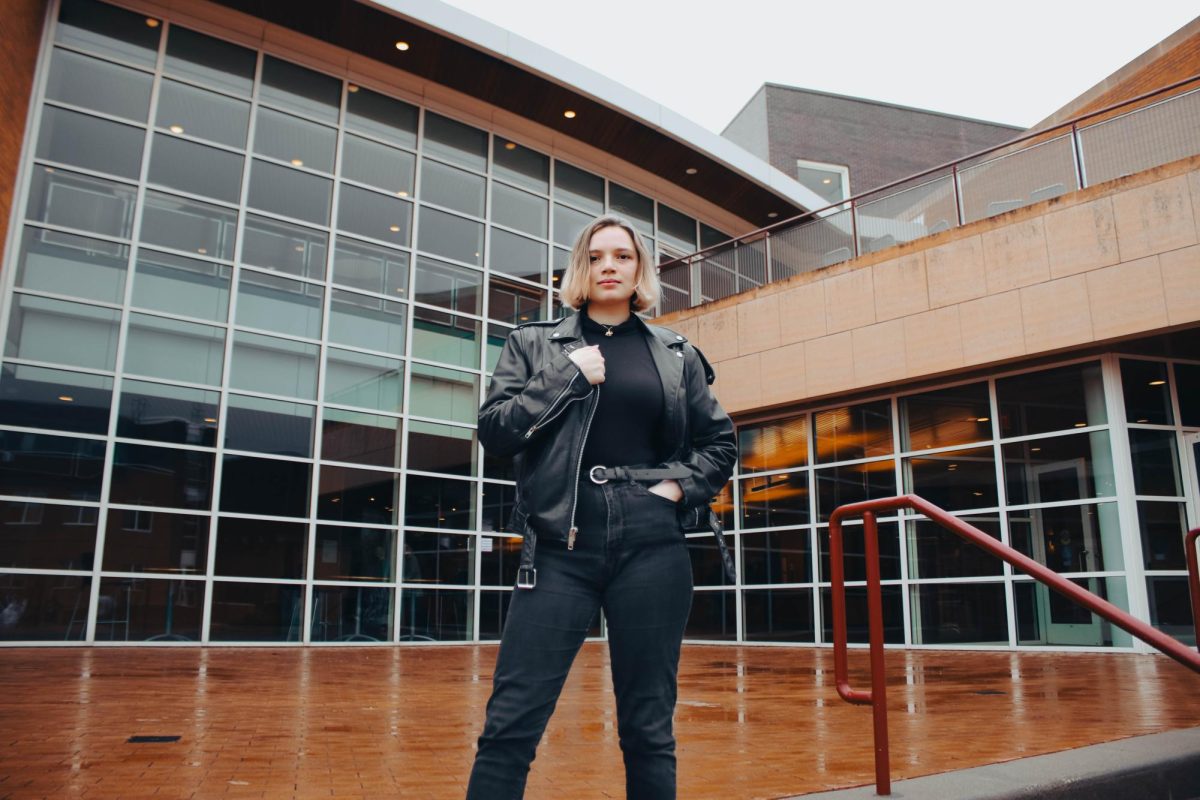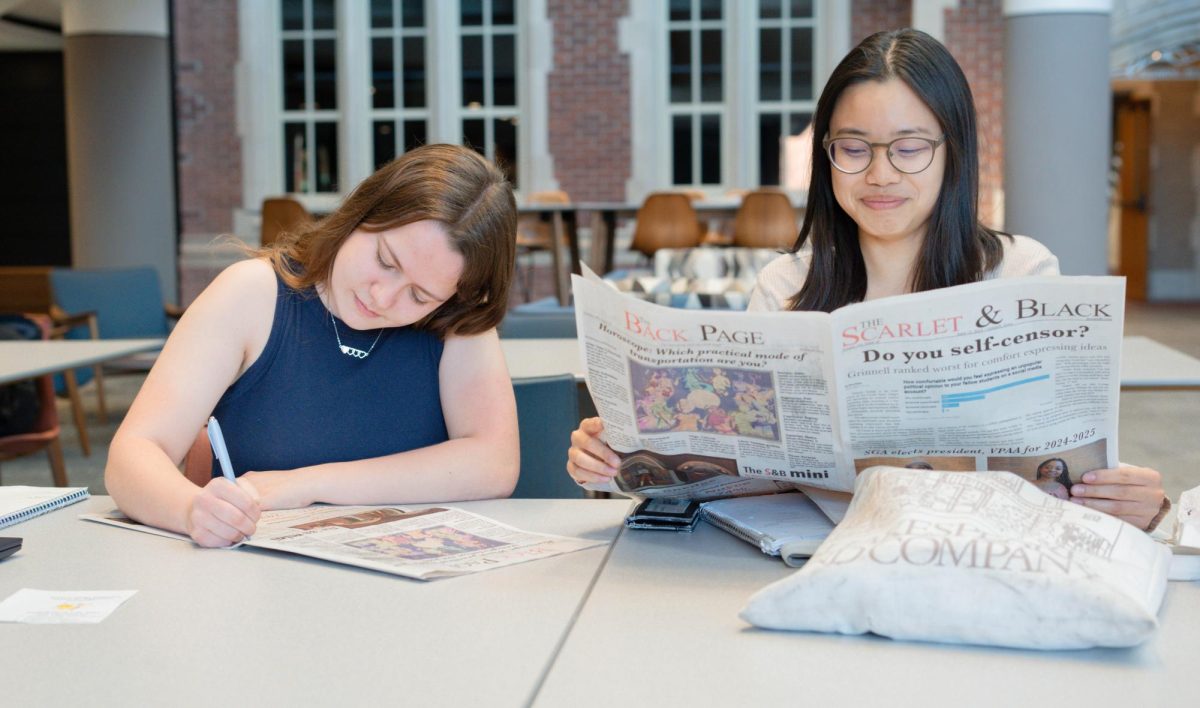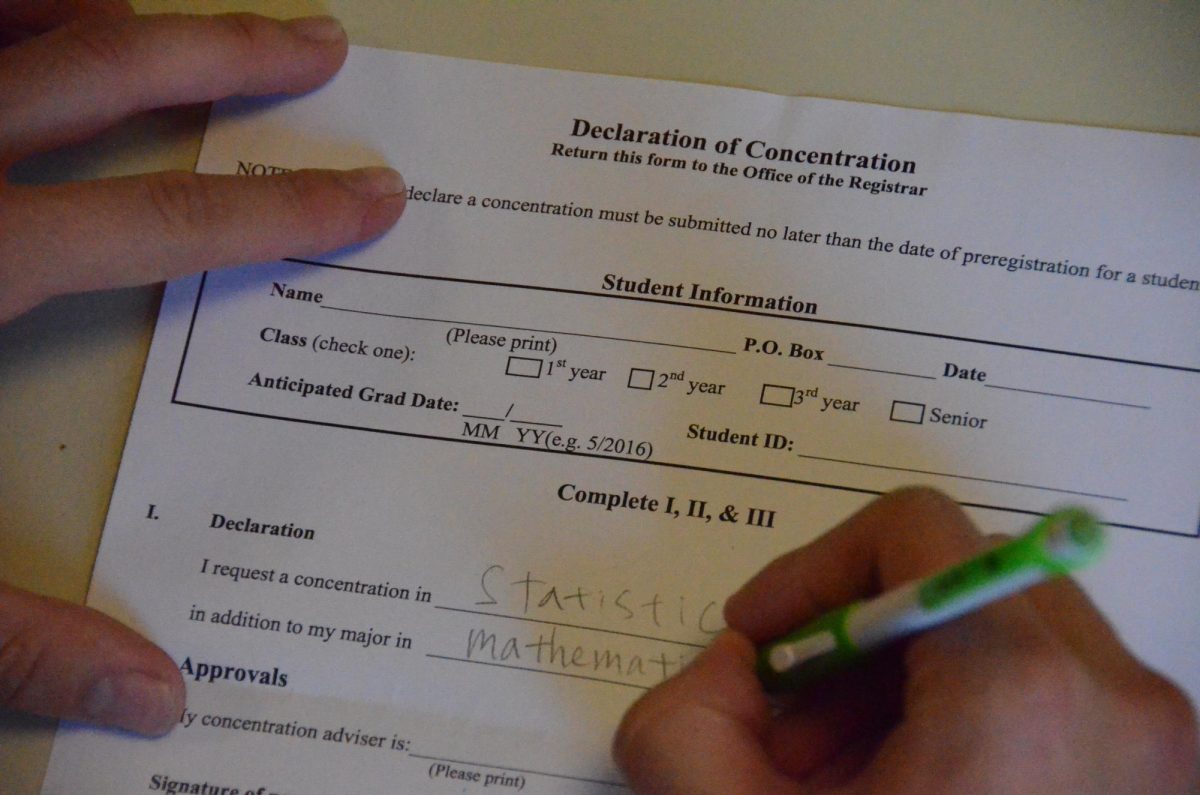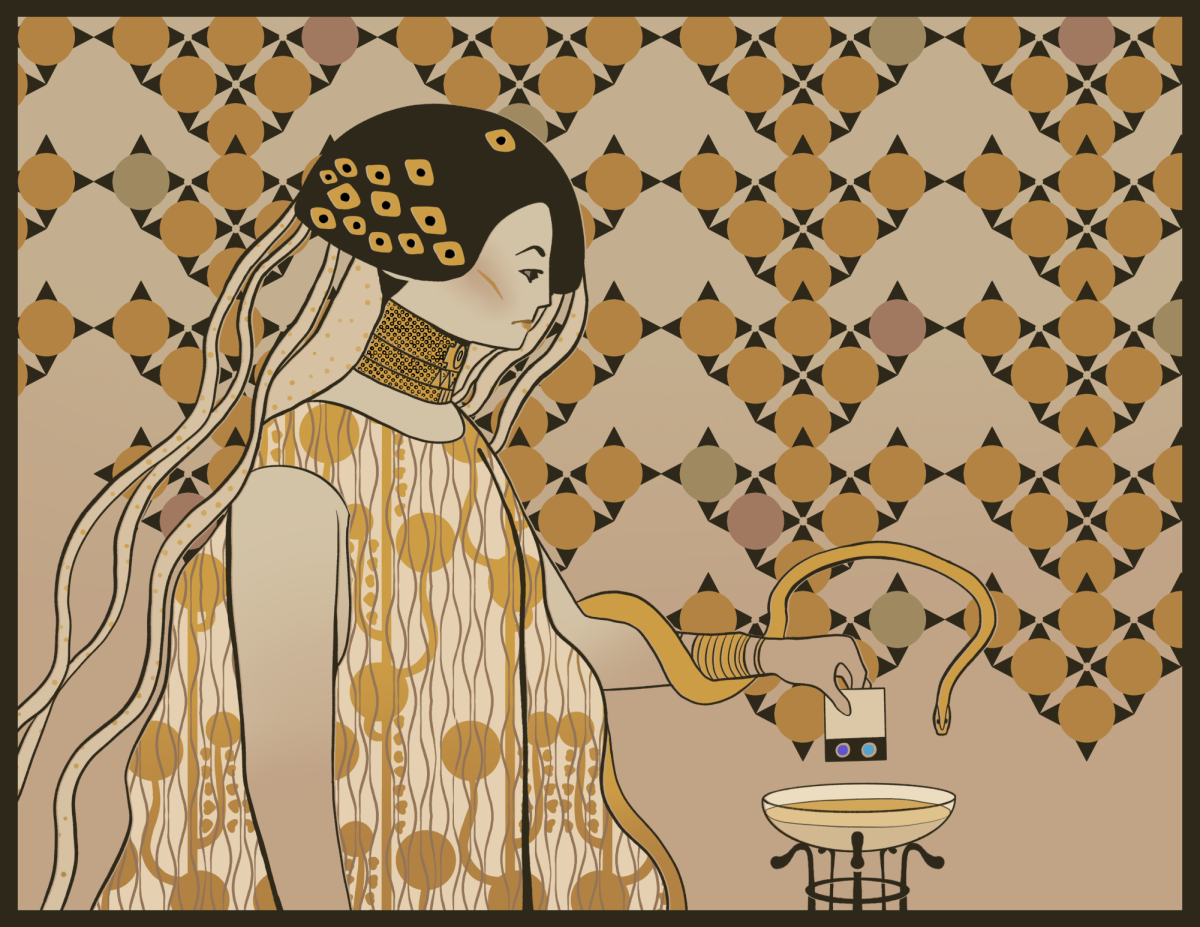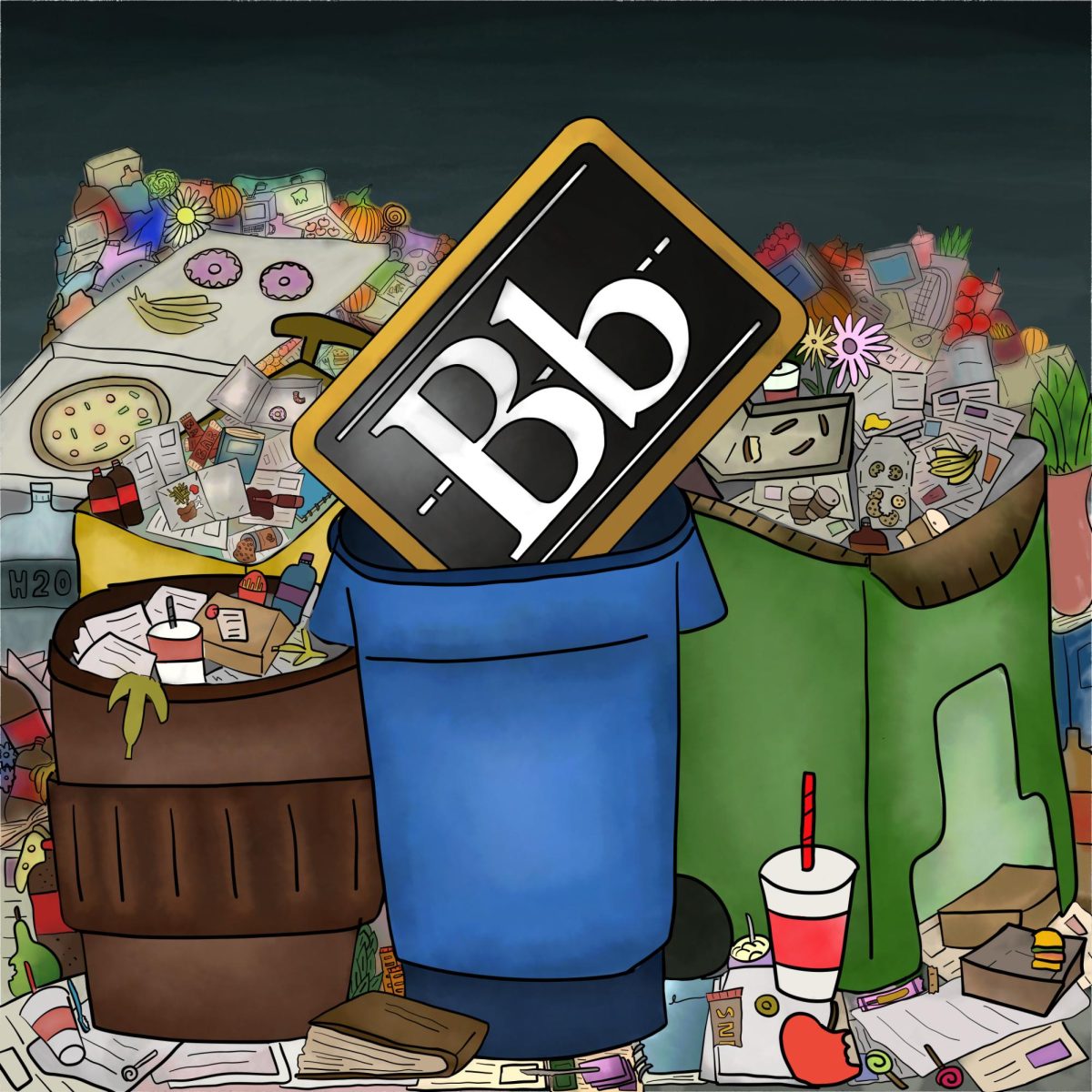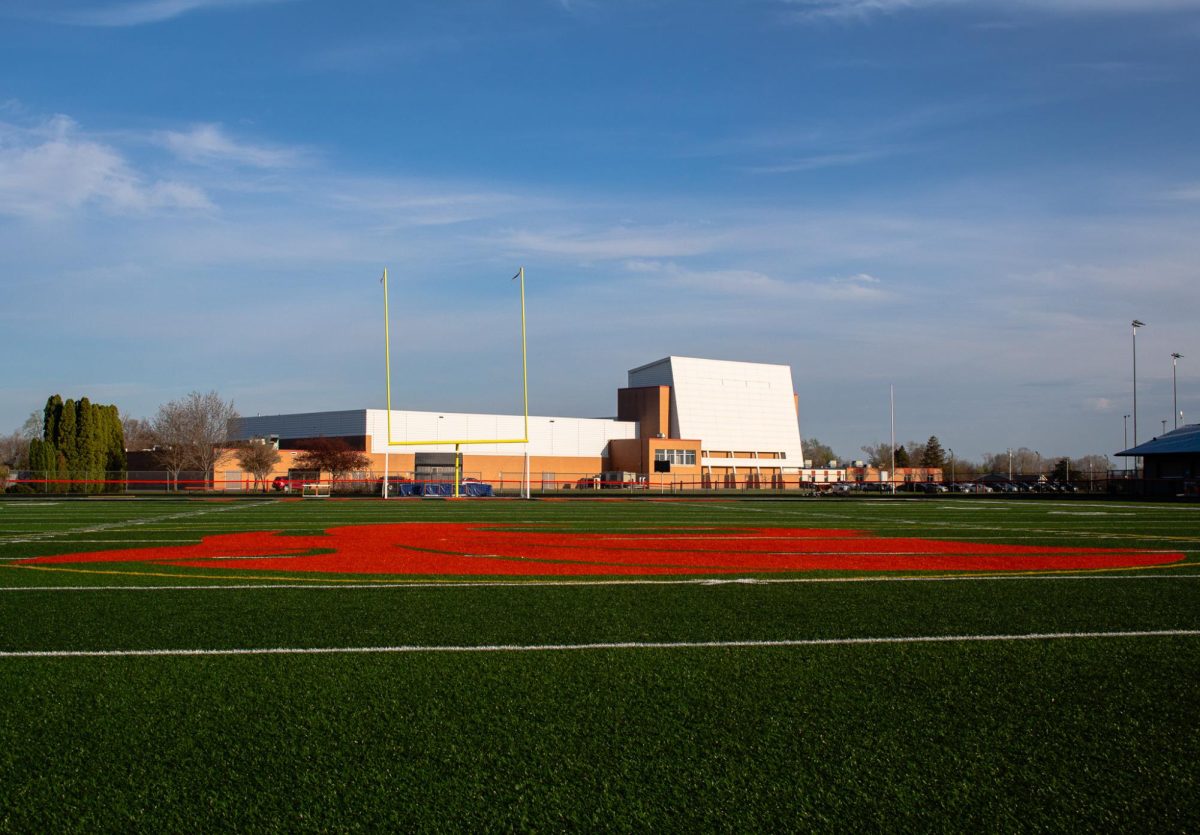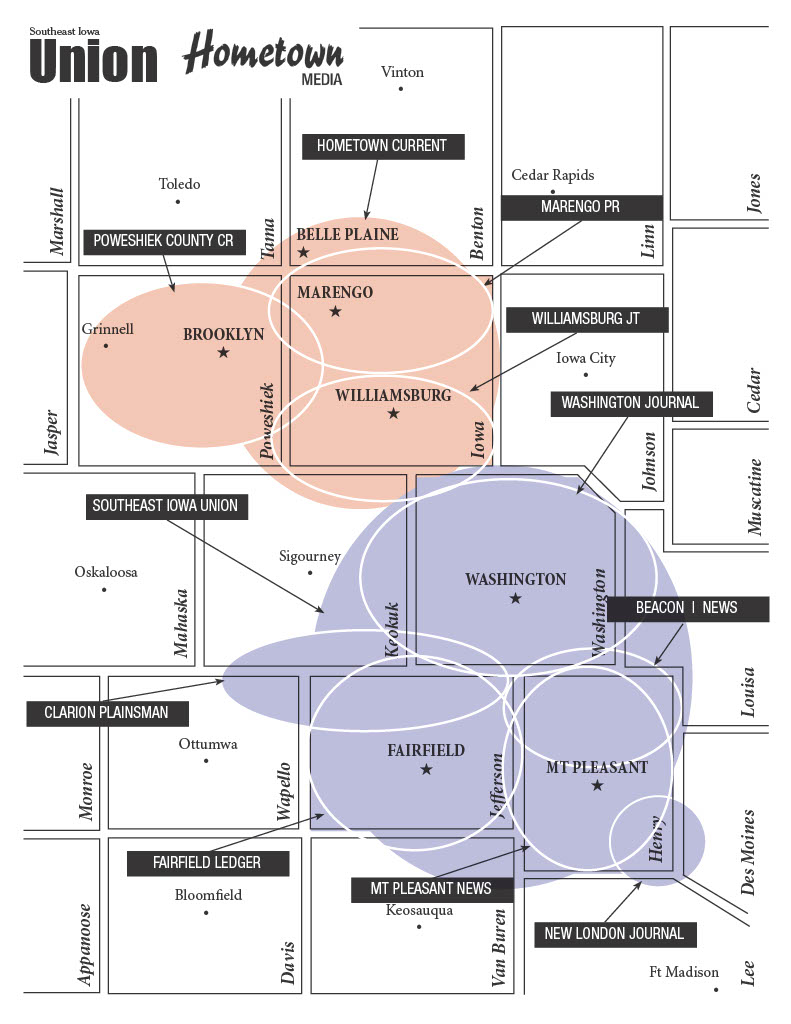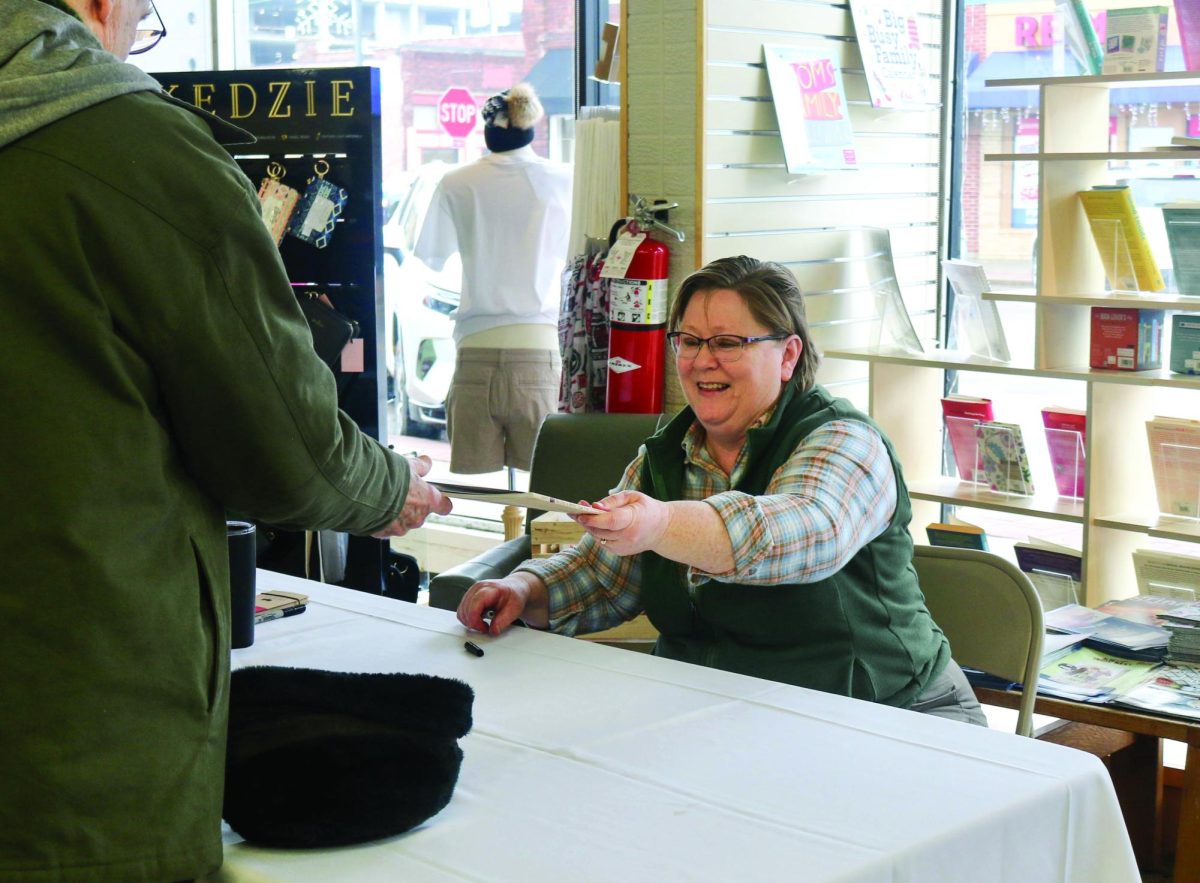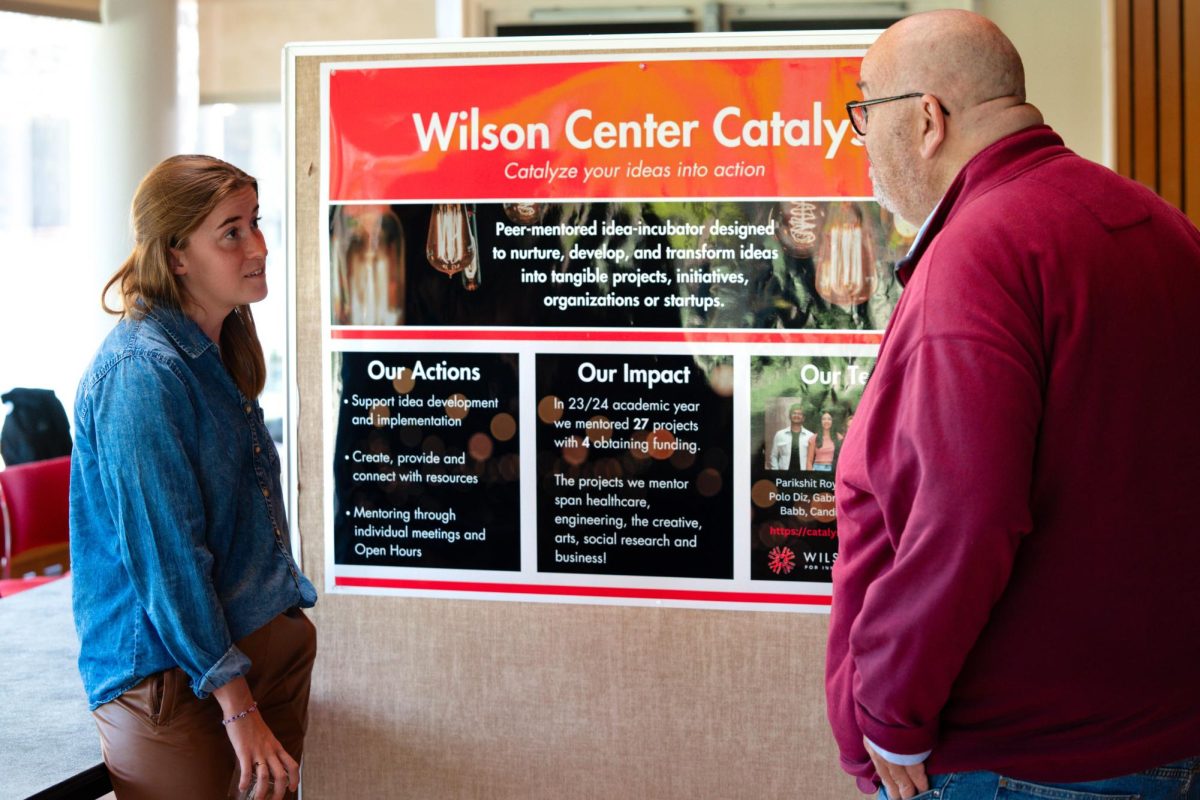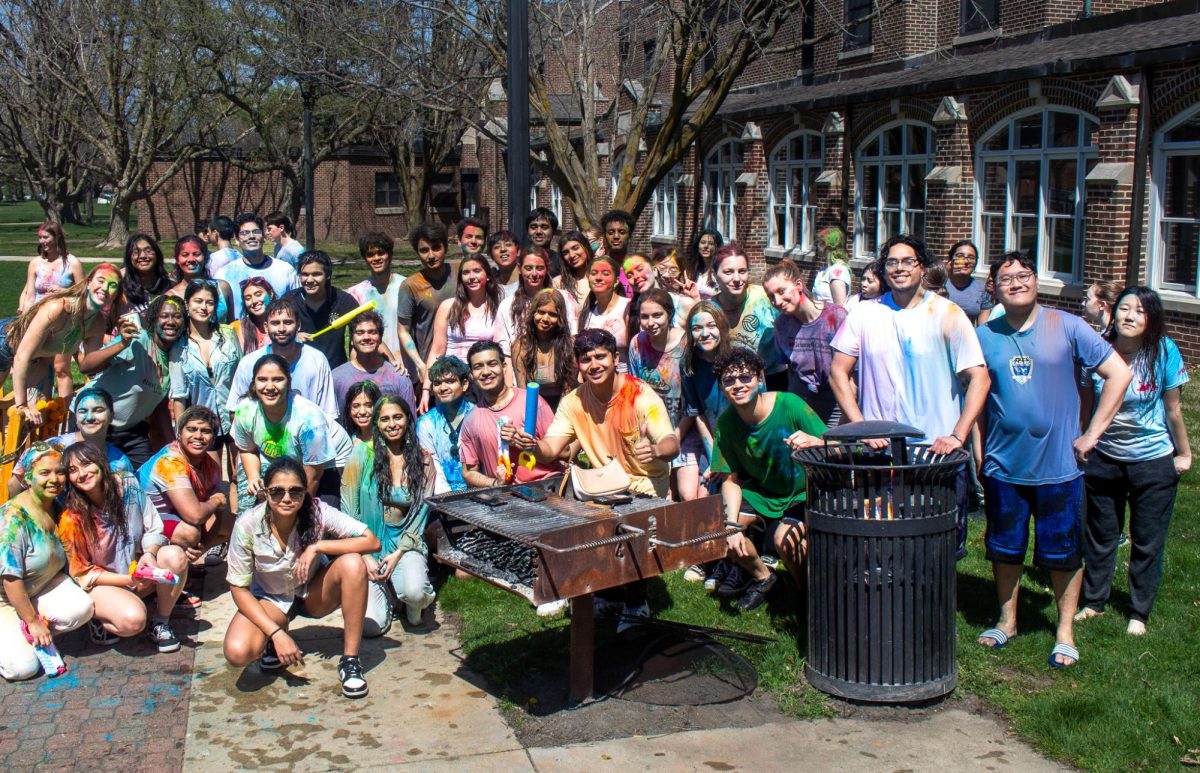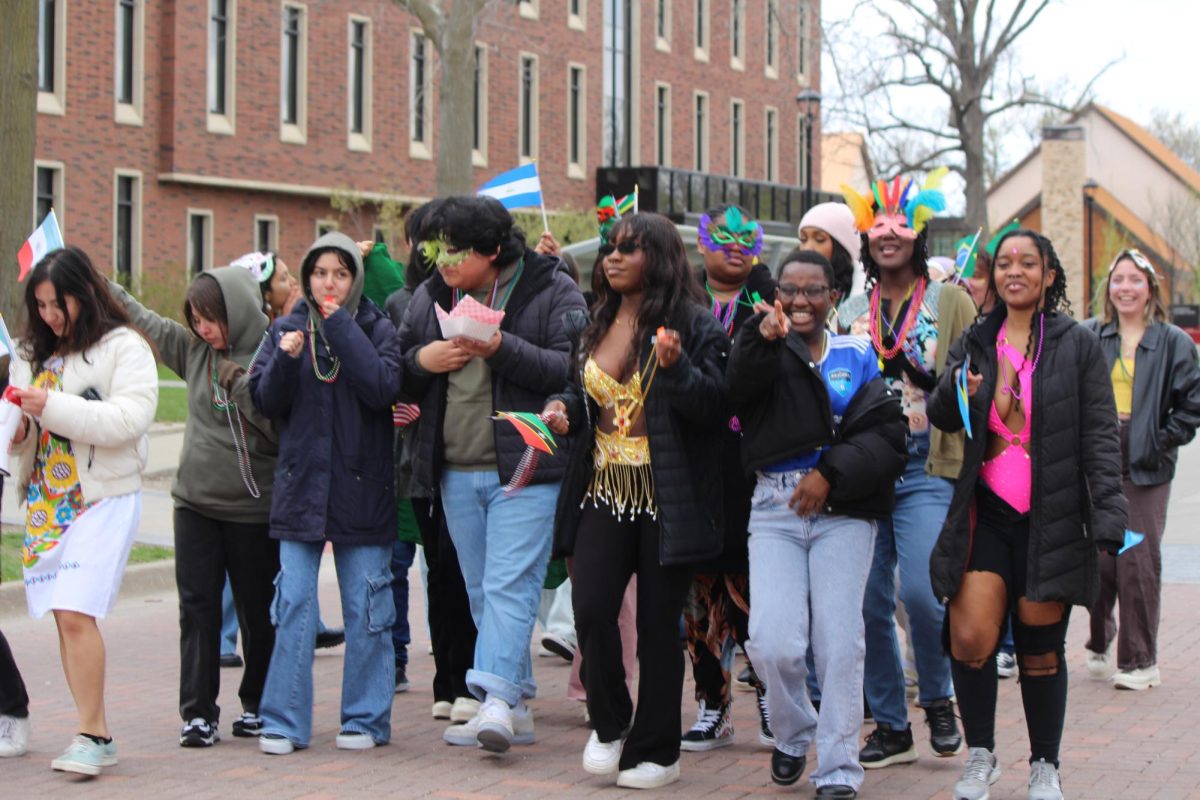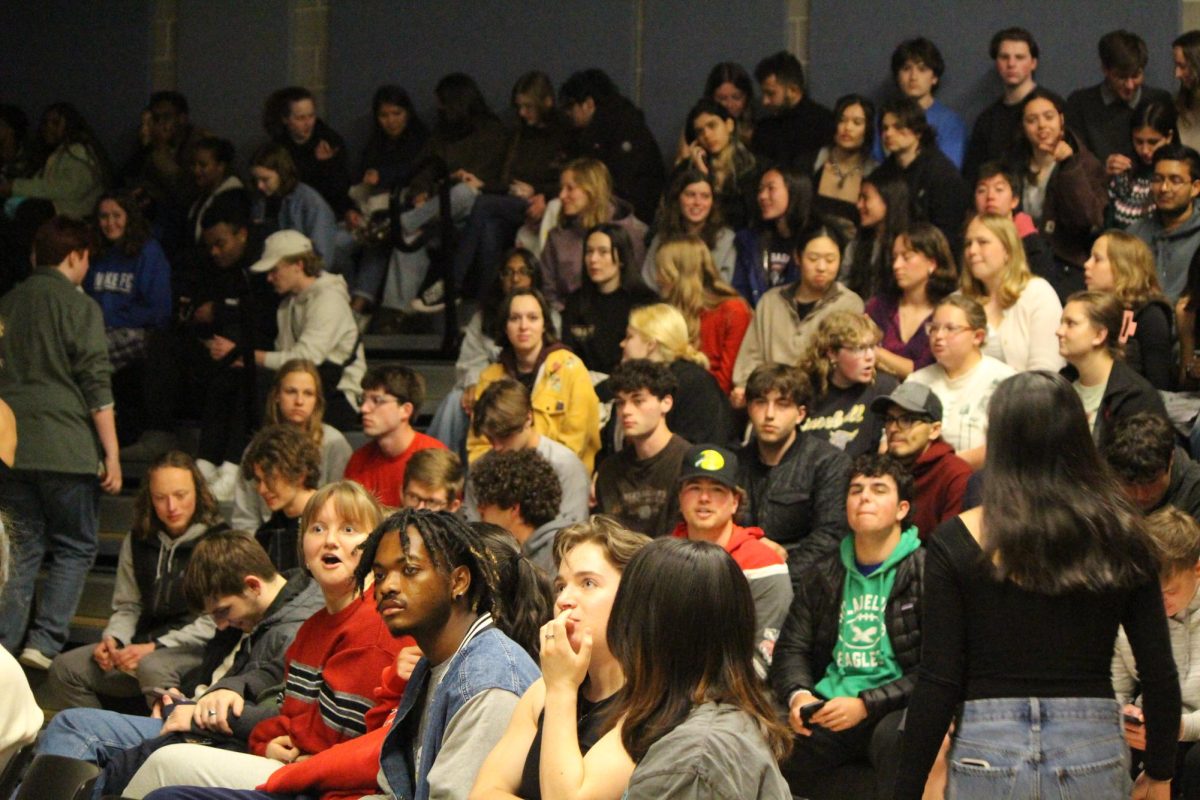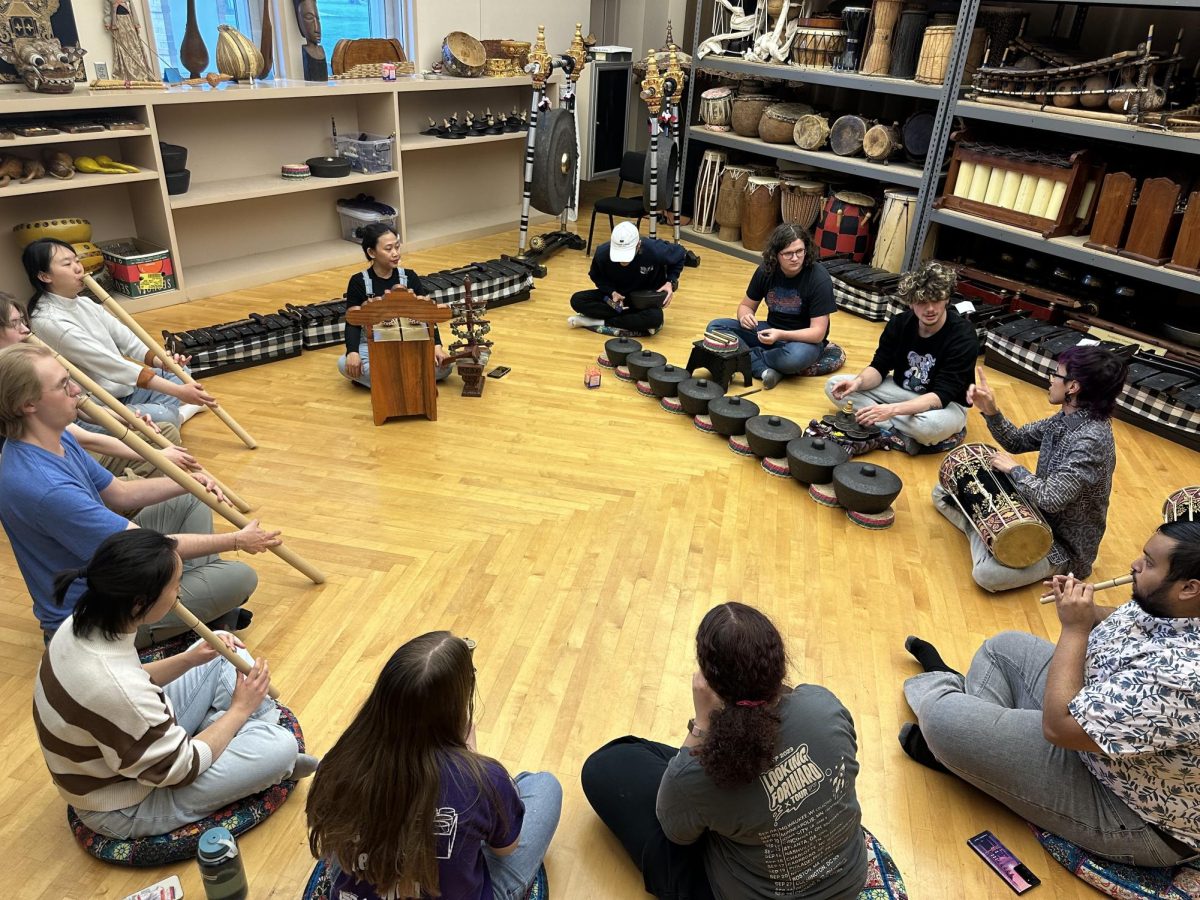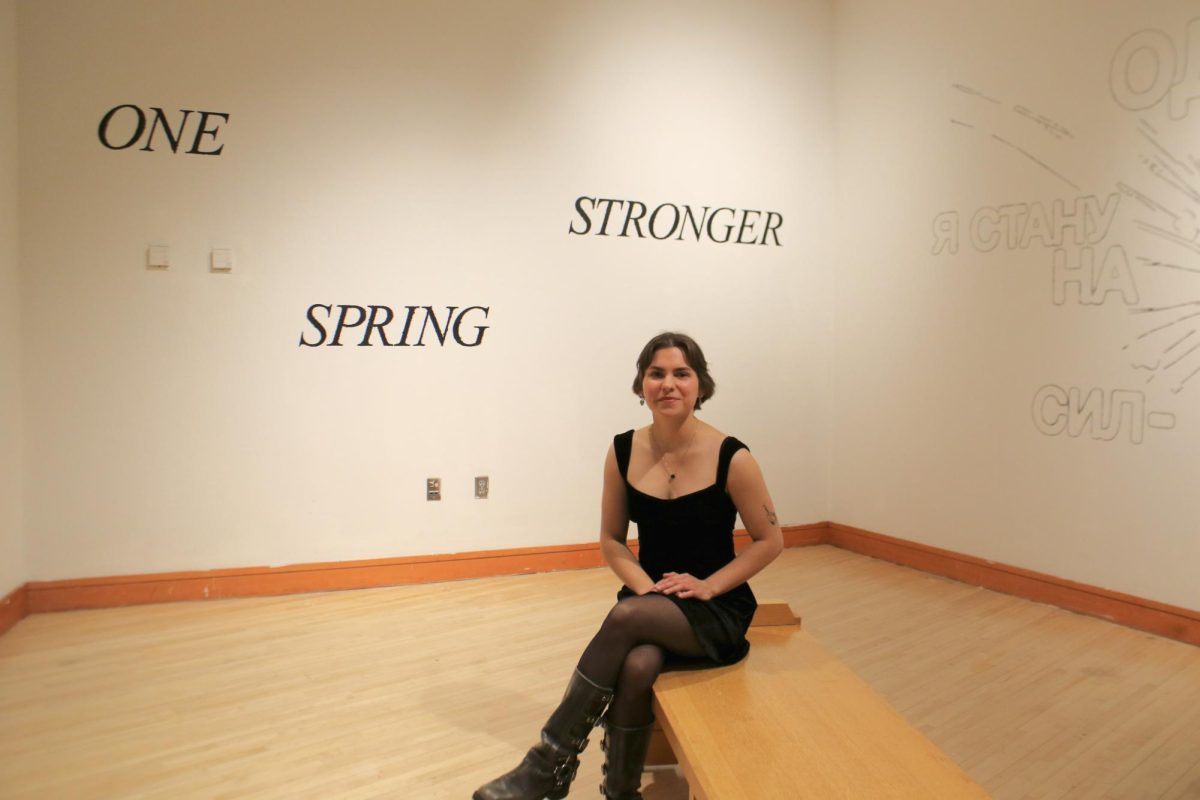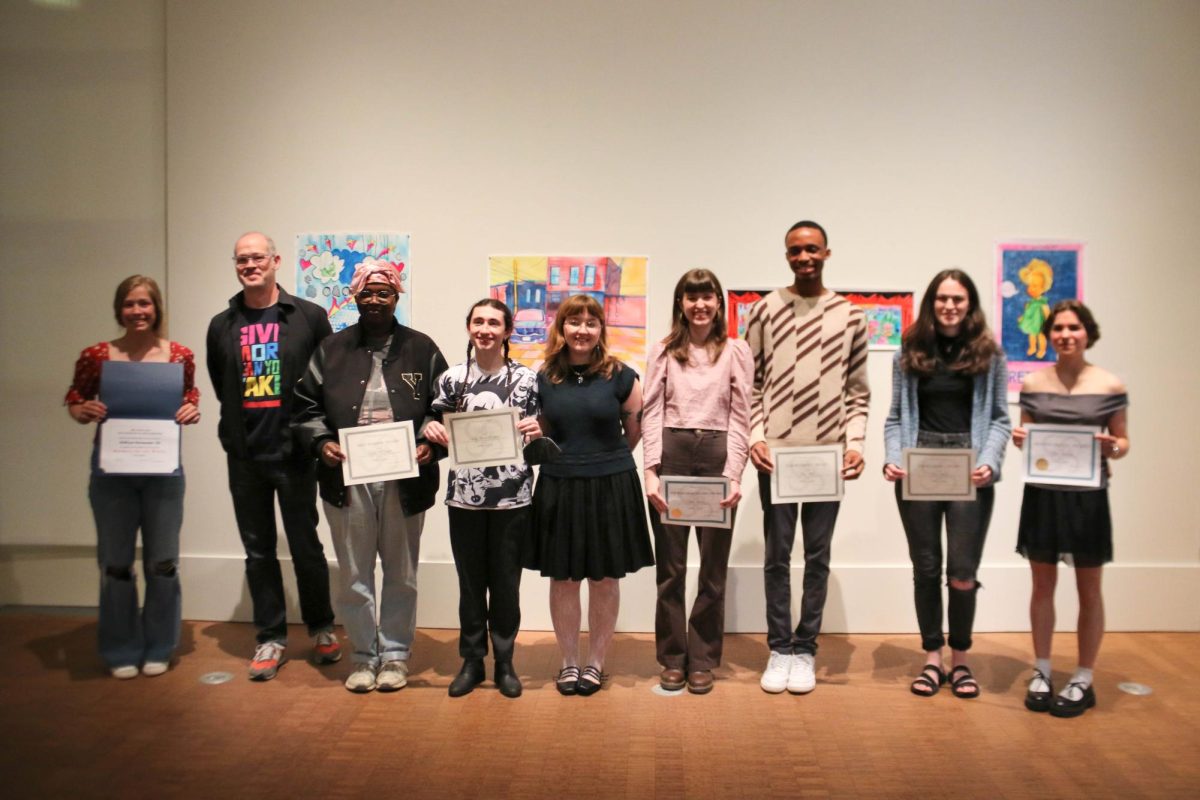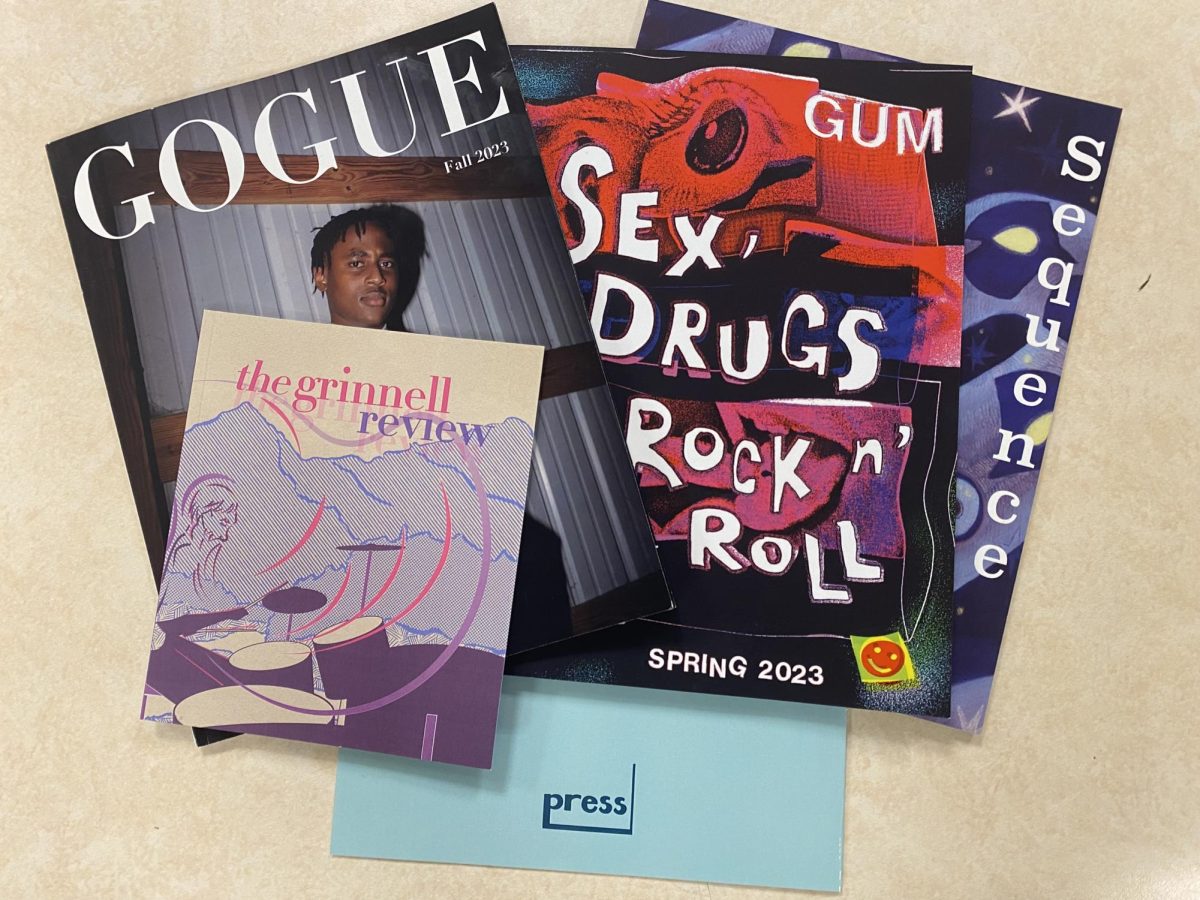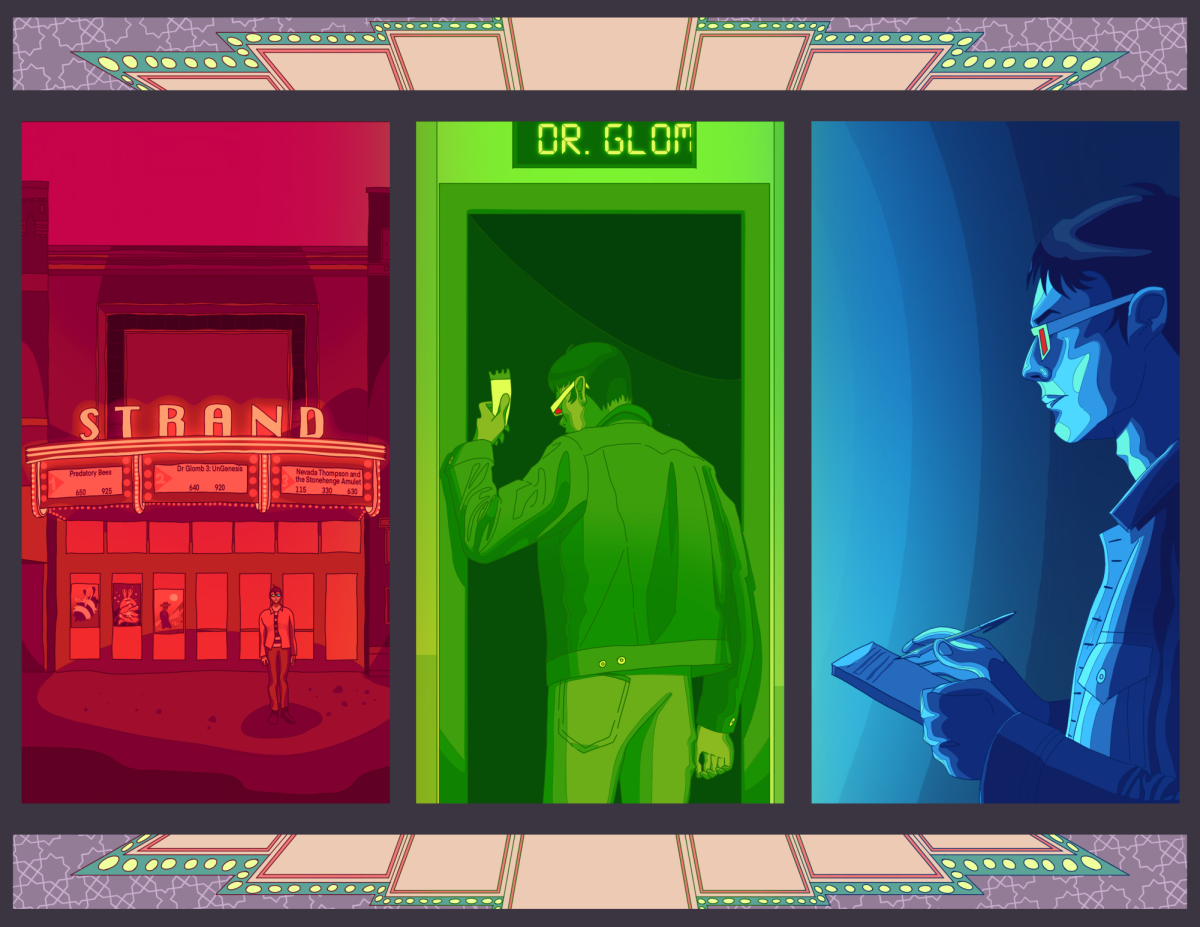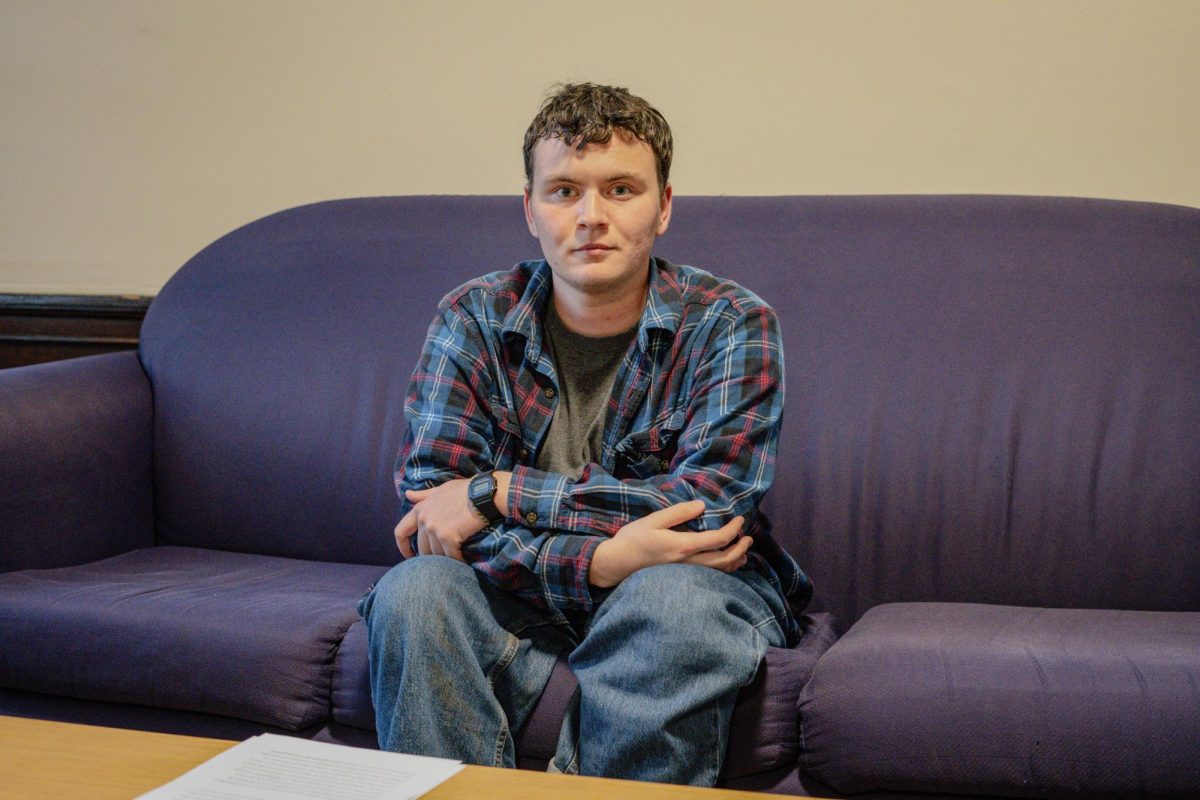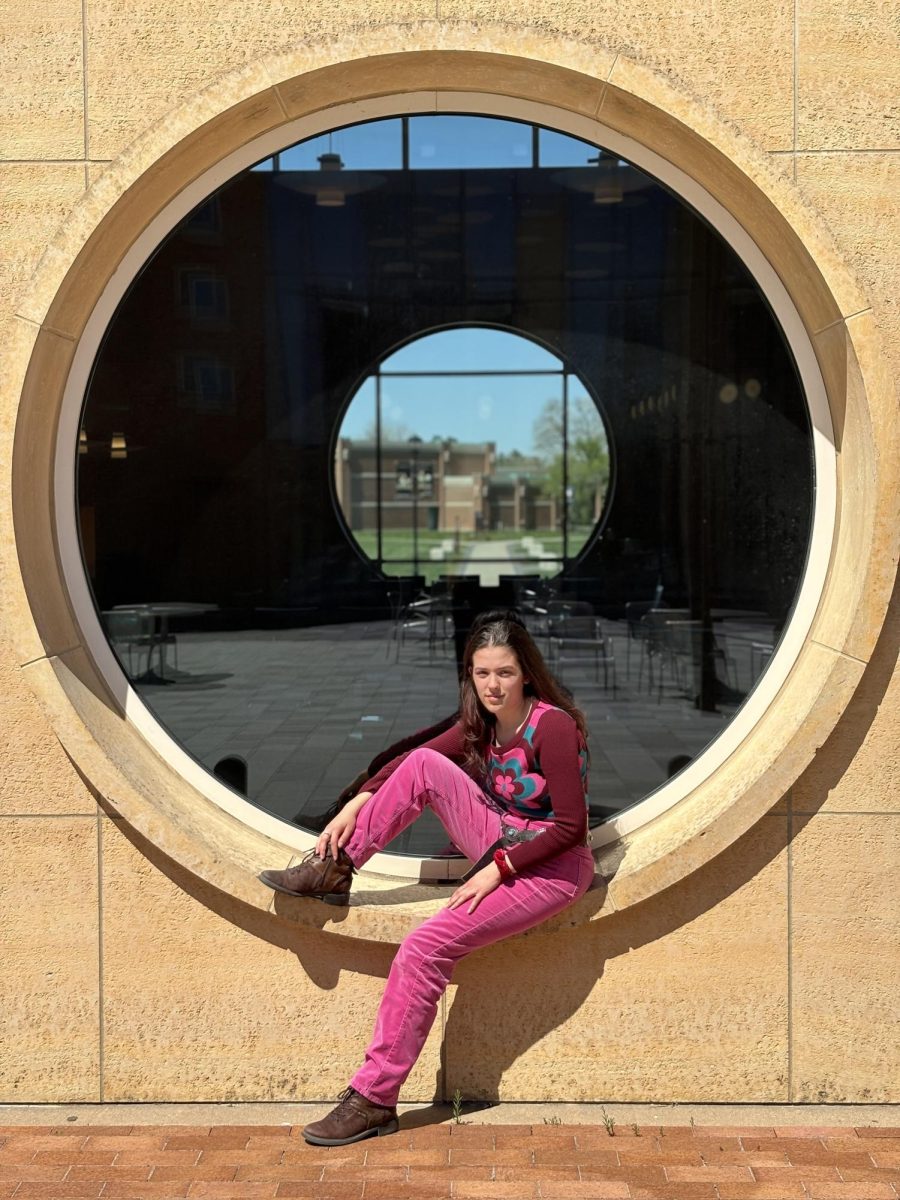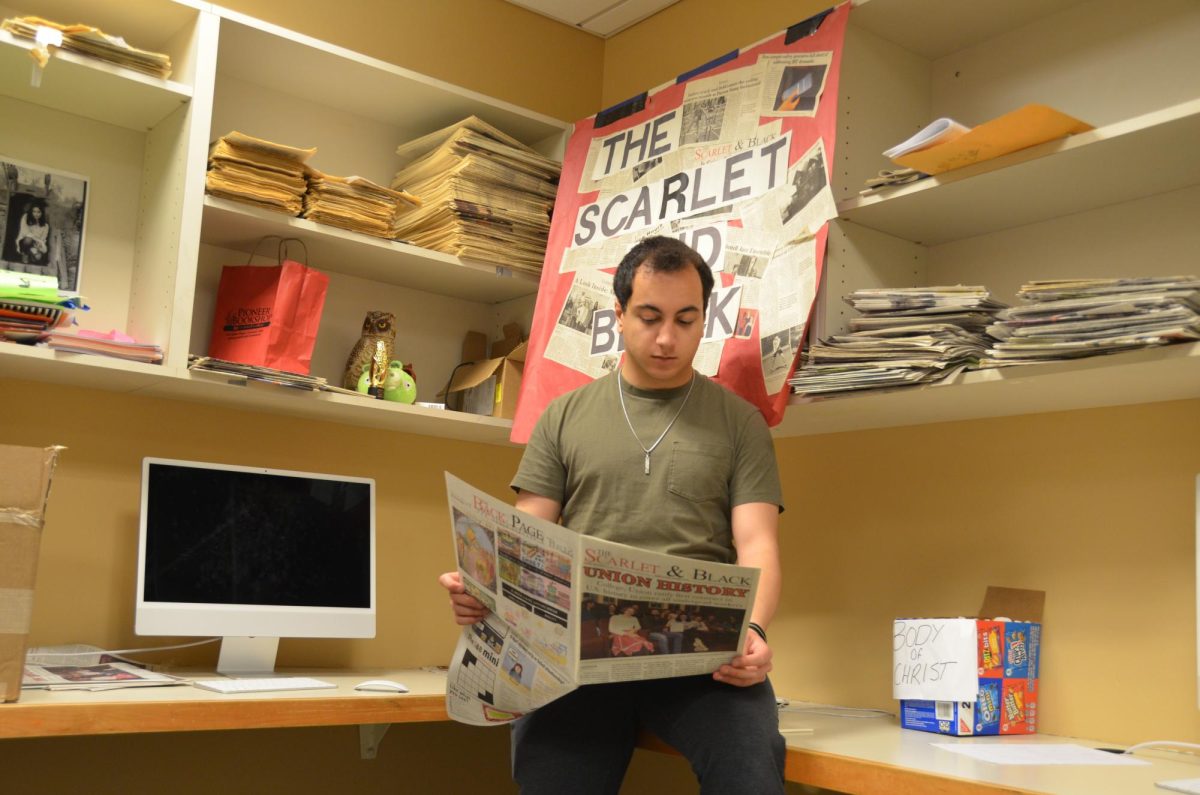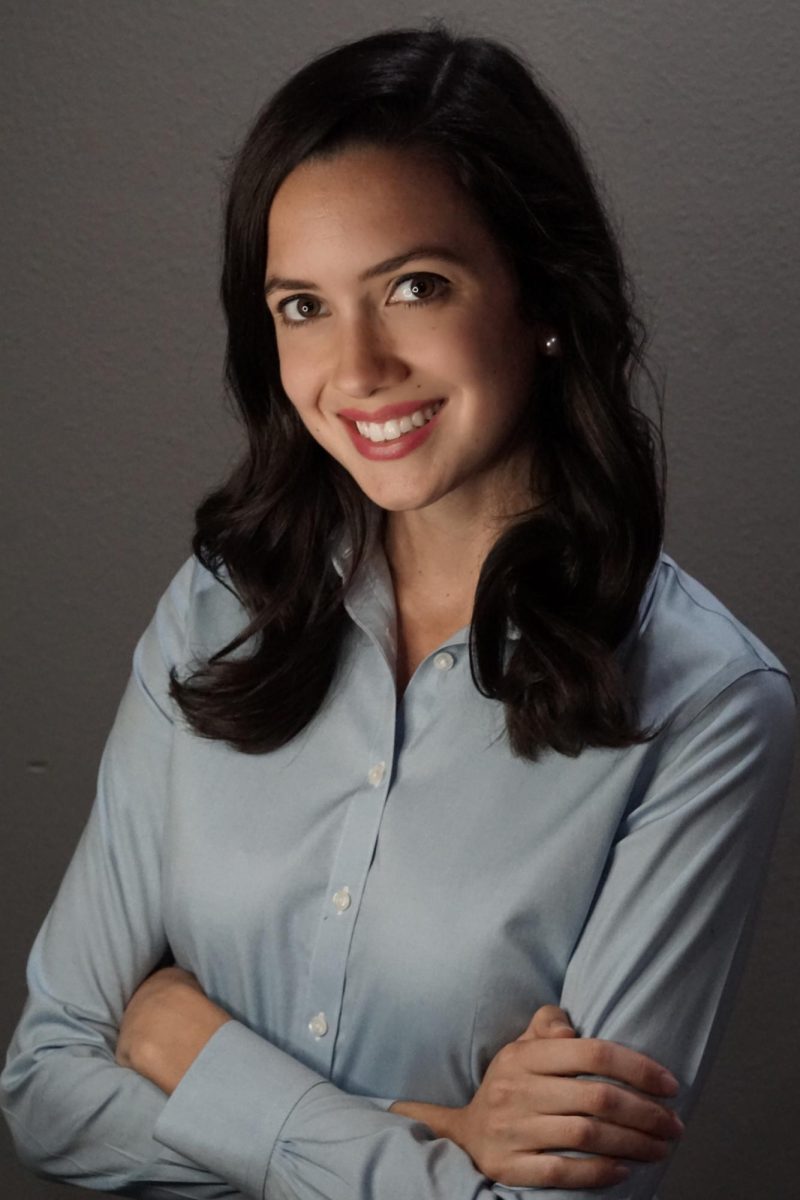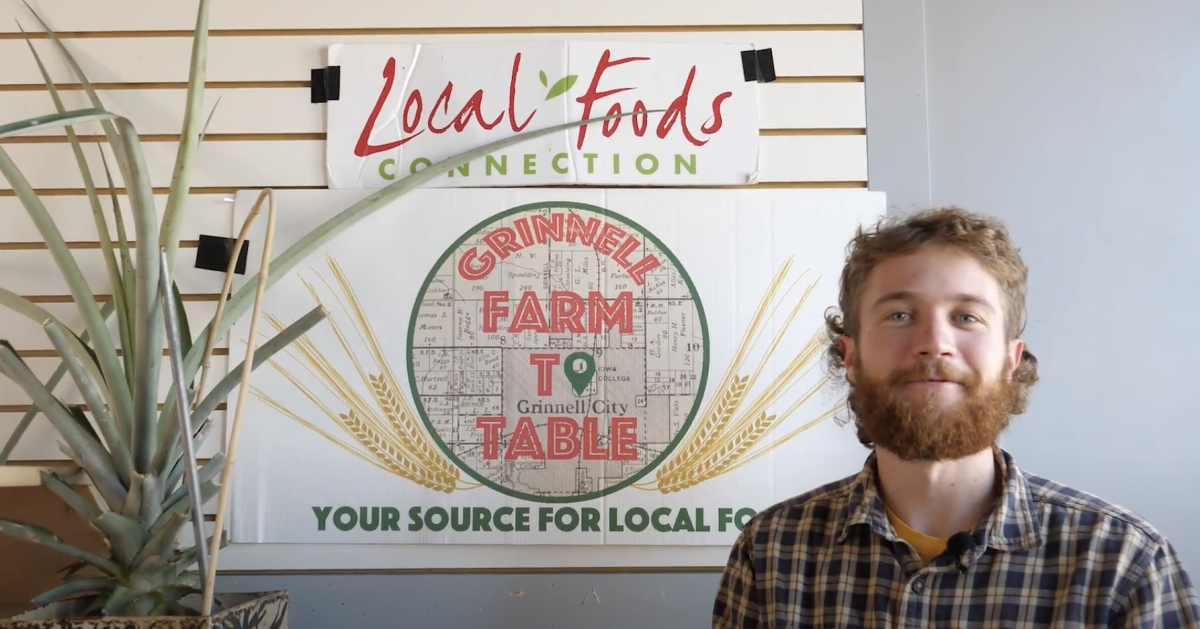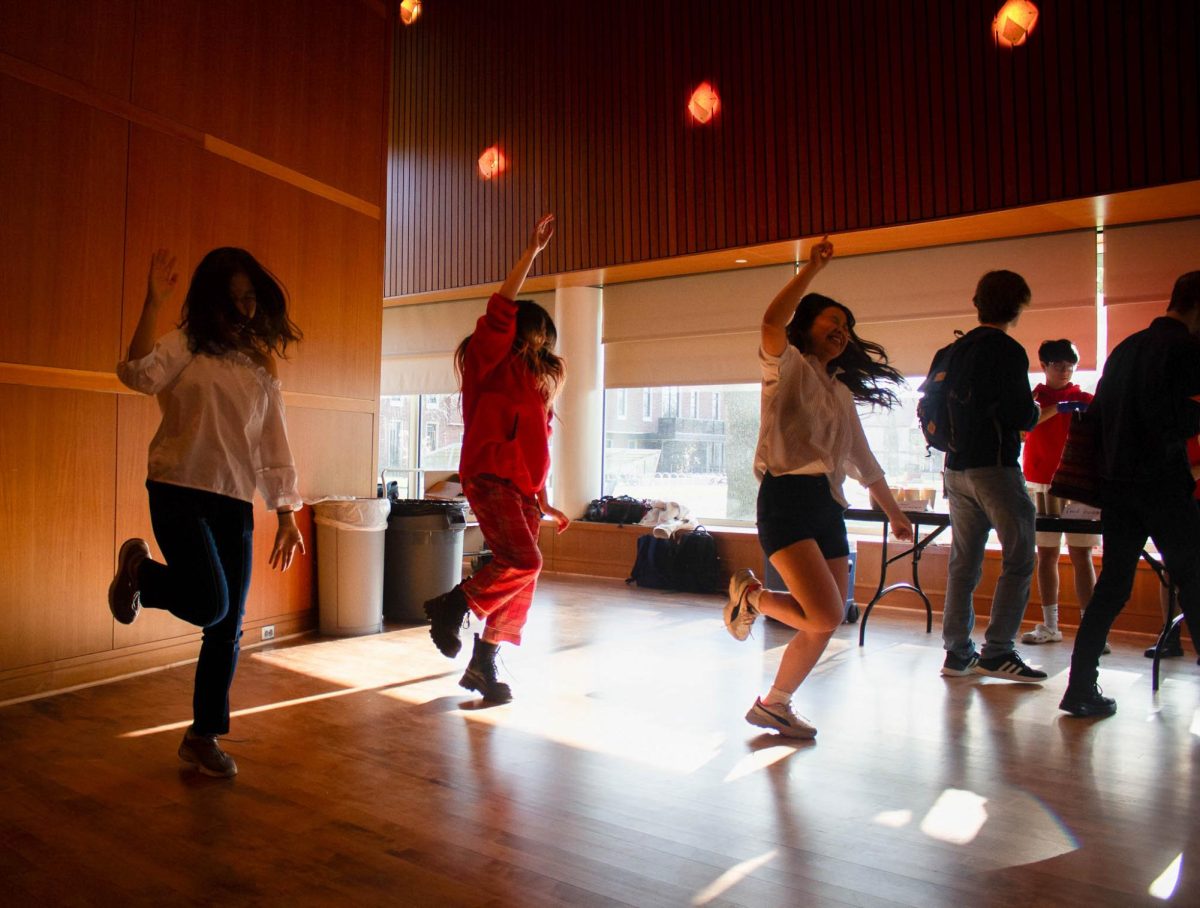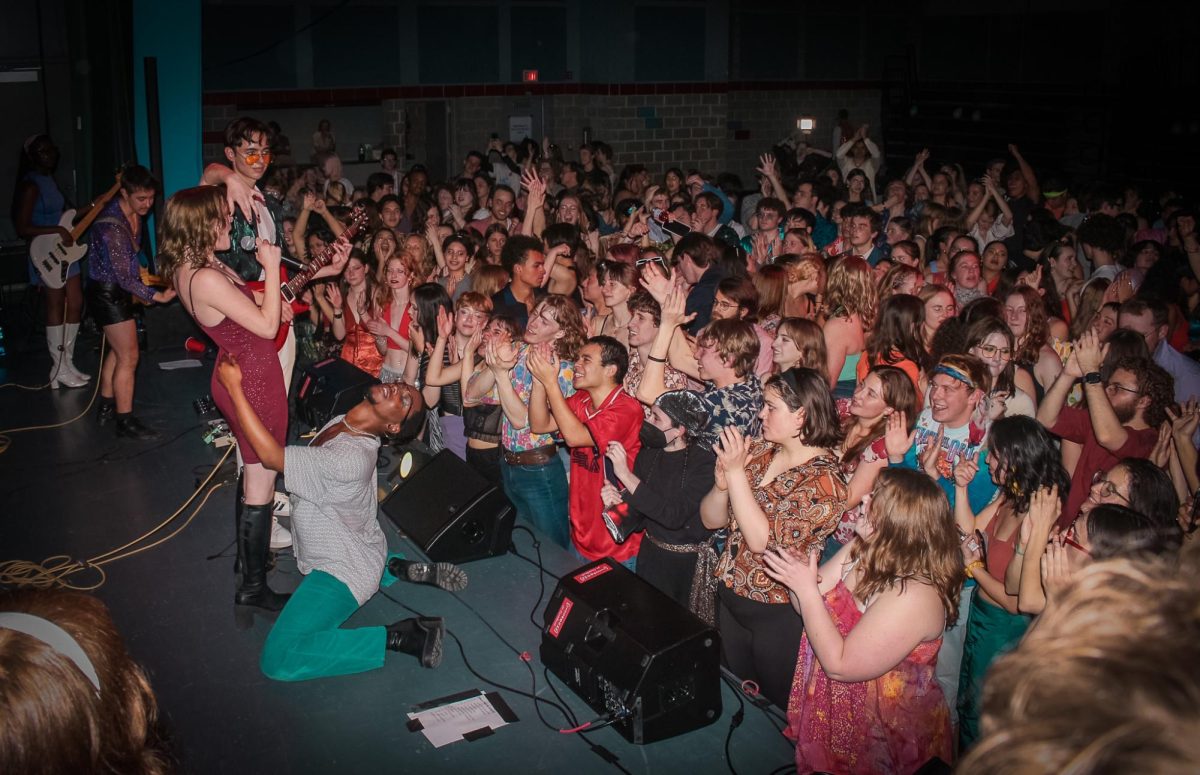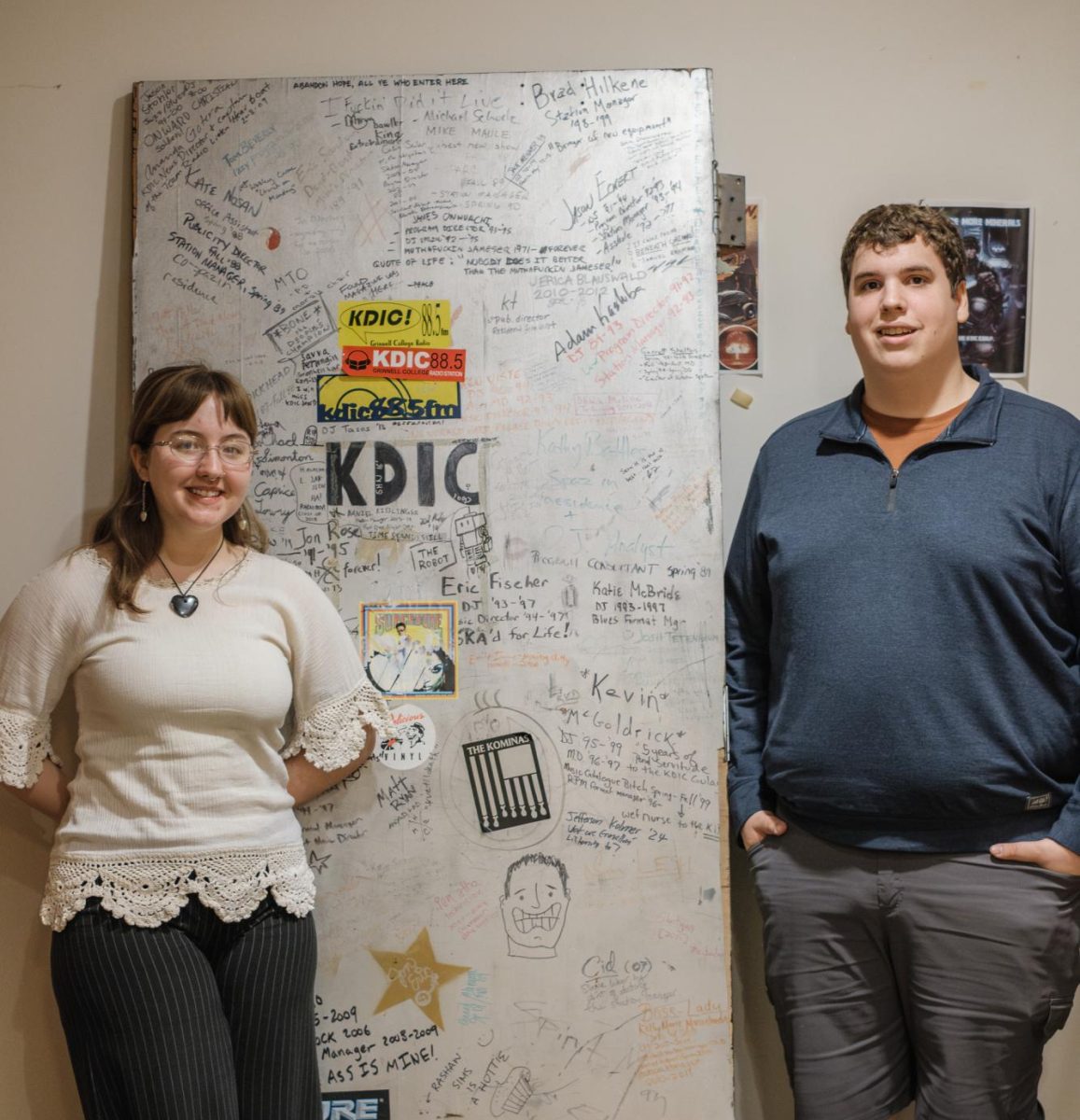By Darwin Manning
manningd@grinnell.edu
The United States’ relationship with prisons has changed significantly in the last few decades to the point where some facets of our society consider it a status symbol. At least, these are some of the sentiments that Tracy Huling ’77 reveals in her 1999 film Yes, In My Backyard. Huling returned to campus this Thursday to show her film, which, while more than a decade old, still resonates with the current climate between prisons and their small town neighbors.
The film makes a case study of upstate New York, specifically Coxsackie and Albany, but it points out that prisons are placed in small towns across the country. One such town includes Newton, Iowa, the location of Grinnell’s Liberal Arts in Prison Program, which Huling visited on her return to Iowa. Huling also offered a discussion following the showing of her documentary.
The film focuses primarily on several individuals who have had some level of involvement in the prison—guards, family members of guards, employees of the prison and even the mayor of Coxsackie, Henry Rausch. Their perspectives show how the impact of prisons in small towns is felt, particularly through employment. Rausch, in the film, advocates for the creation of an additional facility, explaining that not only was it a superb job generator, but that the correctional facility alone funded a $2.6-million sewage project.
Yes, In My Backyard also demonstrates the rapid spread of prisons to every corner of the U.S.; during the last quarter of the 20th century alone, the prison population has tripled. As a result, the industry has replaced some small family farm jobs, which the film suggests have become increasingly hard to maintain. One of the many interviewees that the documentary revolves around is a man who discusses how his relatives spent time in the Coxsackie correctional facility. He mentions that for a very long period, the majority of inmates were African-Americans and employees of the prison were white, although the employees have now become more diverse.
The film argues that while prisons may have benefits in terms of job promotion, there are some very significant drawbacks that present a conundrum for a town deciding whether to add a prison. One issue is the violence that takes place within a prison and how it can become disastrous for guards and their families. In the film, Huling speaks to a guard who had about fifty stitches on his head after he suffered a fractured skull from an incident with an inmate. The family, deeply frustrated with the prison, suggested there is far too much attention paid to this industry in the U.S.
There are two other serious drawbacks. An overarching argument is that new prisons present an insufficient solution to the U.S. government’s war on drugs. One prison guard suggested that a heightened level of incarceration has done little to affect the drug trade chain and that these individuals can be replaced. The second drawback concerns how common it has become to have spent time in jail—although violent crimes are most often committed by people well-known to the victim, stereotypes abound about former prisoners.
After graduating from Grinnell, Huling went into prison work immediately. She felt that her roots at Grinnell prepared her for the creation of this film. Throughout the nineties, she spoke to several Albany legislators and politicians, mainly about prison expansion. She became particularly curious as to why communities would welcome prisons in their backyards, as she suggested that it appeared counterintuitive. Through research, she discovered the economic reasons for prison expansion.
“I was privy to a fair number of insider conversations,” Huling said. “I found that New York had begun to foster prisons in certain rural regions in order to bolster their economies, rather than as a crime strategy.”
She wanted to do a focused piece on the prisons in her area; however, the organization she worked for did not want to support her. At that point, she adopted the project with the help of her husband, a broadcast cameraman. Previously, she had created a documentary on drug dealing, which led to legislative impact. Her success gave her the confidence to tackle the prison documentary.
“I thought, perhaps, I should make a film that is focused in my backyard, because there are two prisons where I live,” said Huling. “So it became a personal as well as a professional issue for me. I decided to explore that through film.”
Huling came into the project having an understanding of rural life through her experience at Grinnell and living off-campus. Additionally, she benefited from having spent a semester at the Newberry Library in Chicago, volunteering during that semester by teaching men from Cook County jail to read. These experiences left lasting impressions that later directed her to this project and helped her strive to better understand her subjects.
“I came to understand the struggle of people in rural areas; they were fighting for the only options that were offered to them,” Huling said. “I fell in love with my characters and I began to understand them in a much deeper way, beyond simply statistics.”
Continuing her efforts after creating this film, Huling has worked on national projects based on the relationship between prisons, urban and rural communities, the criminal justice system and memory. She has designed a GRINNELLINK internship that will be rooted in similar work and hopes that students consider applying.
